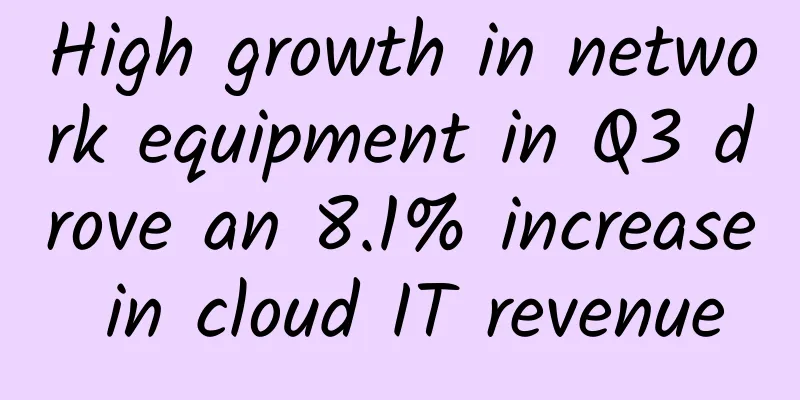Point2 launches 5G RangeXtender to increase network fronthaul and backhaul range

|
Point2 Technology said its 5G RangeXtender allows existing high-speed fiber links to increase their reach from 10km to 30km without the need for expensive fiber extensions and compensating filters. At OFC 2021, Point2 Technology launched its 5G RangeXtender, an SFP28 module with proprietary electronic dispersion compensation (EDC) capabilities that extend the reach of fronthaul and backhaul in 5G networks. According to the company, the new technology not only increases the reach of existing fiber transmission paths to 30 kilometers, but also reduces capital expenditures and operating expenses, reducing total cost of ownership by 25%.
At the heart of the 5G RangeXtender is the PT-E1012322 electrical dispersion compensation (EDC) SoC, which combines bidirectional clock and data recovery (CDR) and two channels of EDC with a CDR/retimer to significantly compensate for the chromatic dispersion and reduce bit error rates. According to Point2, the SoC has a latency of less than 16 ns, consumes about 9 mW/Gb/s, and provides tests such as pattern generation and inspection as well as local and remote loopback via a real-time eye scanner. The SoC is packaged in a tiny CSP package that can easily fit into an SFP28 module. “As 5G is deployed, wireless operators will need to support a massive increase in traffic, which means they will need to upgrade data rates on fronthaul and backhaul fiber links from 10 Gb/s to 25 Gb/s, and soon to 50 Gb/s,” commented Sean Park, CEO of Point2. Park continued, “This will require a significant investment in infrastructure before revenue can be derived from it. By using a unique EDC/CDR SoC, our RangeXtender essentially allows existing fiber infrastructure to increase reach from the current 10 km to 30 km. The result is lower cost of ownership because it reduces the need for expensive fiber extensions, dispersion compensation filters, and amplification while improving link performance over aging fiber.” The 5G RangeXtender EDC SoC’s integrated CPU allows integrators to easily customize devices; it is available in a reference design together with a linear receiver optical assembly (ROSA), allowing multiple module vendors to offer this solution. Point2 said it is in collaborative discussions with Tier 1 module suppliers that provide the 5G ecosystem to accelerate ramp-up and provide multi-source diversity. The technology currently supports 25 Gb/s solutions with a roadmap to deliver up to 100 Gb/s for future access networks. The 5G RangeXtender/PT-E1012322 with 25 Gb/s capability is sampling now and is expected to be in production in Q4 2021. |
<<: Japan and Finland jointly develop 6G technology, Nokia will participate
>>: 5G acceleration and VR mobility: what changes will digital audio-visual content undergo?
Recommend
China's optical network system spending slowed down in Q3
[[181721]] Heidi Adams, senior research director ...
5G will change my country's intellectual property landscape
"In addition to bringing wider, higher and s...
China Telecom is the best at number portability
Although the three major operators seem to have r...
How does DNS affect your surfing speed?
This article introduces DNS-related knowledge in ...
How does network latency occur?
Network latency Network delay refers to the time ...
Managing the Digital Experience with Riverbed SteelCentral
It’s the age of digital business. Two-thirds of c...
5G, which frequently appears on hot searches, has really "broken the circle" in 2021!
It has been two years since the 5G license was is...
Five strategies for enterprises to start 5G digital transformation
Of course, 5G has been in the spotlight in 2020. ...
Pan-Sahara fiber optic backbone network receives RMB 320 million in financing from AfDB
[[179783]] The African Development Bank has recen...
Operators and Internet companies jointly promote customized SIM cards, not just a price war
In the competition among the three major telecom ...
Secada releases the latest 2017 global Chinese PC antivirus software detection and killing capability evaluation report
Recently, the internationally renowned third-part...
National Bureau of Statistics: The number of 5G terminal connections in my country has exceeded 200 million
At present, my country's 5G development is ac...
Multi-access Edge Computing – Part 1: How does Multi-access Edge Computing work?
Multi-access edge computing (MEC), also known as ...
Three major trends in digital transformation in 2018, blockchain will usher in spring
In 2017, which is about to pass, digital transfor...
DotdotNetwork: $19/month - 2 cores, 16G memory, 30G SSD, 4TB/10Gbps bandwidth, Los Angeles data center
Recently, I received a submission from DotdotNetw...









